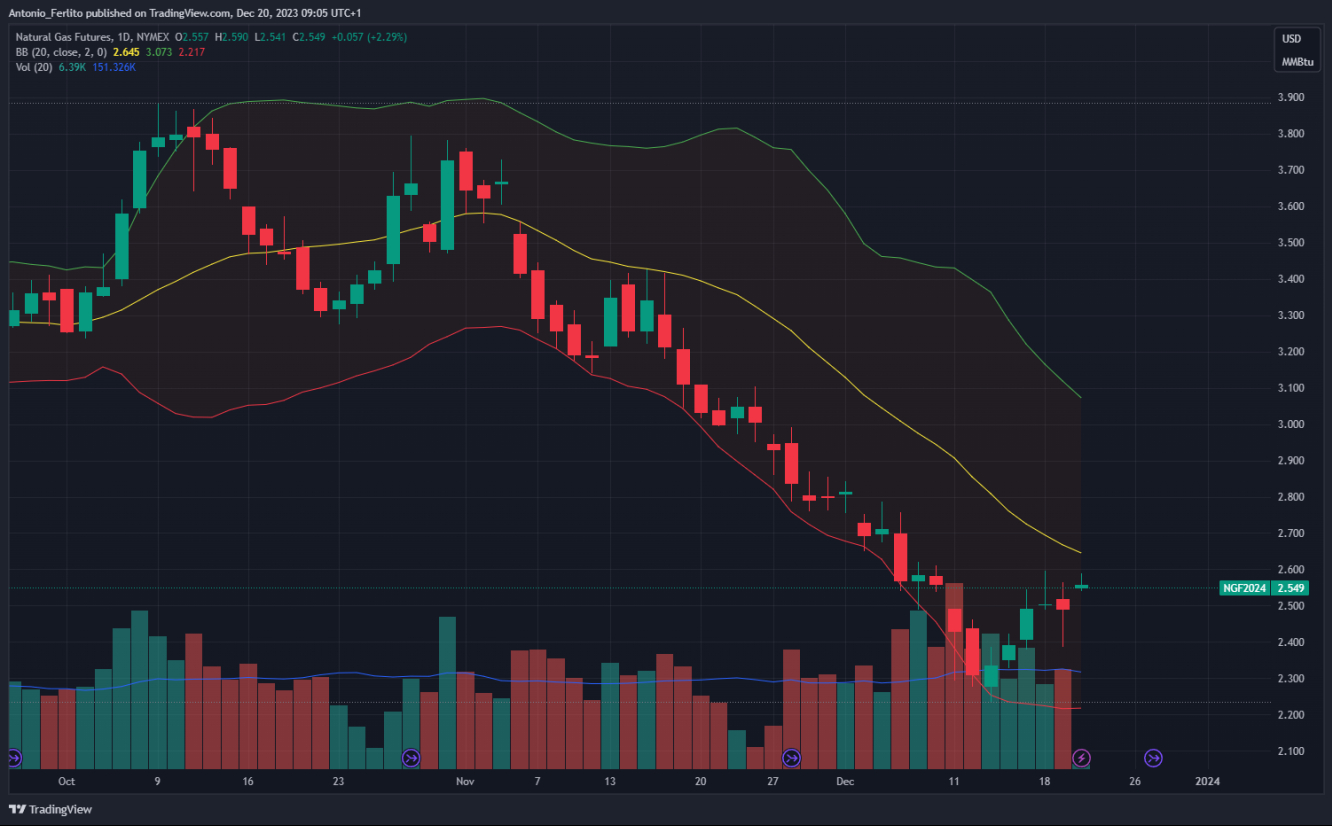
Natural gas, one of the most crucial energy commodities, plays an essential role in global economies. However, like many commodities, its price movements are subject to various market forces. Among these, seasonality—particularly how weather patterns affect supply and demand—has a significant impact on natural gas prices. By understanding the relationship between weather and natural gas, traders, investors, and energy planners can make better-informed decisions.
Understanding Seasonality in Commodity Markets
Seasonality refers to the predictable fluctuations in supply and demand for a commodity based on the time of year. In the case of natural gas, weather plays a dominant role in driving these patterns. Every year, the demand for natural gas tends to peak during certain months, largely due to seasonal temperature changes that affect heating and cooling needs.
The natural gas market, more than most other commodity markets, exhibits pronounced seasonal cycles. Unlike metals or agricultural products, which can be influenced by harvest schedules or mining output, natural gas prices are heavily influenced by the weather, making the market more volatile during certain seasons. The most noticeable fluctuations typically occur during winter and summer, as the demand for natural gas rises significantly during colder and hotter months. Understanding these cycles is vital for market participants, as they can be a key driver in natural gas pricing. Read this article for more information. Read this article for further information.
Key Seasonal Drivers of Natural Gas Demand
During colder months, the demand for natural gas surges. As temperatures drop, people and businesses turn to natural gas to heat their homes, offices, and industrial sites. This increase in heating demand is often a substantial driver of seasonal price spikes. In regions like the U.S. Northeast, where winters can be long and harsh, the demand for natural gas during this period often peaks. Other colder regions, such as parts of Canada and Europe, see similar increases in demand for heating during the winter months.
At the same time, cold weather can strain the natural gas supply system. Gas producers may struggle to meet the higher demand, especially if supply pipelines face disruptions due to freezing temperatures or other adverse conditions. These disruptions can cause a spike in prices, as the supply-demand balance becomes tight and traders anticipate future shortages. Additionally, unexpected weather events such as blizzards or polar vortexes can further exacerbate these supply shortages, leading to even higher price volatility.
On the other side of the spectrum, natural gas prices tend to rise again during the summer months, but for a different reason—cooling demand. With increasing temperatures, electricity consumption also surges, particularly as air conditioning use climbs. In the U.S., this demand for cooling is particularly evident in southern states, where summers can be oppressively hot. Natural gas, which is a major fuel for power generation, is directly impacted by this increase in electricity demand.
Weather Forecasts and Their Market Influence
Weather forecasts are a crucial tool for traders and energy analysts, as they help predict the potential swings in demand for natural gas. Short-term forecasts, such as those for the coming weeks, can significantly affect market pricing. If a weather forecast predicts an unusually cold snap in the winter or a particularly hot summer, it can trigger immediate price reactions in natural gas futures markets.
Long-term weather predictions, such as those that anticipate trends like El Niño or La Niña, also influence market behaviour. These phenomena can alter typical seasonal patterns, affecting the frequency and intensity of weather events that drive gas demand. For instance, an El Niño event can result in milder winters in the northern U.S., which may reduce heating demand, while La Niña may lead to harsher winter conditions, potentially increasing natural gas consumption for heating.
Supply Considerations and Storage Levels
The supply of natural gas and its seasonal storage levels play a key role in how weather impacts prices. Unlike other commodities, natural gas is often stored underground in large reservoirs to be drawn upon during periods of high demand. These storage levels are critical for balancing the seasonal spikes in consumption, especially in winter and summer months. At the start of the heating season, for example, natural gas reserves are typically replenished through injections into storage during the spring and summer, ahead of the anticipated winter demand. As these reserves are drawn down during the winter months, the supply becomes tighter, leading to higher prices.
However, storage levels can vary significantly depending on how the weather unfolds. If a colder-than-usual winter leads to higher-than-expected heating demand, storage reserves can be depleted more rapidly, pushing prices upward. Conversely, if a mild winter reduces demand, natural gas in storage may remain at higher levels for longer periods, which can suppress prices.
Conclusion
The impact of weather on natural gas prices is undeniable, with seasonal patterns influencing market behaviour throughout the year. Understanding the dynamics of how temperature fluctuations affect heating and cooling demand, storage levels, and production is critical for anyone involved in the energy market. By keeping a close eye on weather forecasts, utilising advanced forecasting tools, and implementing strategic trading techniques, market participants can better navigate the often-volatile natural gas market.




